computes a normal vector field over a digitized 3D implicit surface for several estimators.
Computes a normal vector field over a digitized 3D implicit surface for several estimators (II|VCM|Trivial|True), specified with -e. You may add Kanungo noise with option -N. These estimators are compared with ground truth. You may then: 1) visualize the normals or the angle deviations with -V (if WITH_QGL_VIEWER is enabled), 2) outputs them as a list of cells/estimations with -n, 3) outputs them as a ImaGene file with -O, 4) outputs them as a NOFF file with -O, 5) computes estimation statistics with option -S.
-h [ --help ] display this message
-p [ --polynomial ] arg the implicit polynomial whose zero-level
defines the shape of interest.
-N [ --noise ] arg (=0) the Kanungo noise level l=arg, with l^d the
probability that a point at distance d is
flipped inside/outside.
-a [ --minAABB ] arg (=-10) the min value of the AABB bounding box
(domain)
-A [ --maxAABB ] arg (=10) the max value of the AABB bounding box
(domain)
-g [ --gridstep ] arg (=1) the gridstep that defines the digitization
(often called h).
-e [ --estimator ] arg (=True) the chosen normal estimator: True | VCM | II
| Trivial
-R [ --R-radius ] arg (=5) the constant for parameter R in R(h)=R
h^alpha (VCM).
-r [ --r-radius ] arg (=3) the constant for parameter r in r(h)=r
h^alpha (VCM,II,Trivial).
-k [ --kernel ] arg (=hat) the function chi_r, either hat or ball.
--alpha arg (=0) the parameter alpha in r(h)=r h^alpha (VCM).
-t [ --trivial-radius ] arg (=3) the parameter t defining the radius for the
Trivial estimator. Also used for reorienting
the VCM.
-E [ --embedding ] arg (=0) the surfel -> point embedding for VCM
estimator: 0: Pointels, 1: InnerSpel, 2:
OuterSpel.
-o [ --output ] arg (=output) the output basename. All generated files
will have the form <arg>-*, for instance
<arg>-angle-deviation-<gridstep>.txt,
<arg>-normals-<gridstep>.txt,
<arg>-cells-<gridstep>.txt,
<arg>-noff-<gridstep>.off.
-S [ --angle-deviation-stats ] computes angle deviation error and outputs
them in file <basename>-angle-deviation-<gri
dstep>.txt, as specified by -o <basename>.
-x [ --export ] arg (=None) exports surfel normals which can be viewed
with ImaGene tool 'viewSetOfSurfels' in file
<basename>-cells-<gridstep>.txt, as
specified by -o <basename>. Parameter <arg>
is None|Normals|AngleDeviation. The color
depends on the angle deviation in degree: 0
metallic blue, 5 light cyan, 10 light green,
15 light yellow, 20 yellow, 25 orange, 30
red, 35, dark red, 40- grey
-n [ --normals ] outputs every surfel, its estimated normal,
and the ground truth normal in file
<basename>-normals-<gridstep>.txt, as
specified by -o <basename>.
-O [ --noff ] exports the digital surface with normals as
NOFF file <basename>-noff-<gridstep>.off, as
specified by -o <basename>..
-V [ --view ] arg (=None) view the digital surface with normals.
Parameter <arg> is None|Normals|AngleDeviati
on. The color depends on the angle deviation
in degree: 0 metallic blue, 5 light cyan, 10
light green, 15 light yellow, 20 yellow, 25
orange, 30 red, 35, dark red, 40- grey.
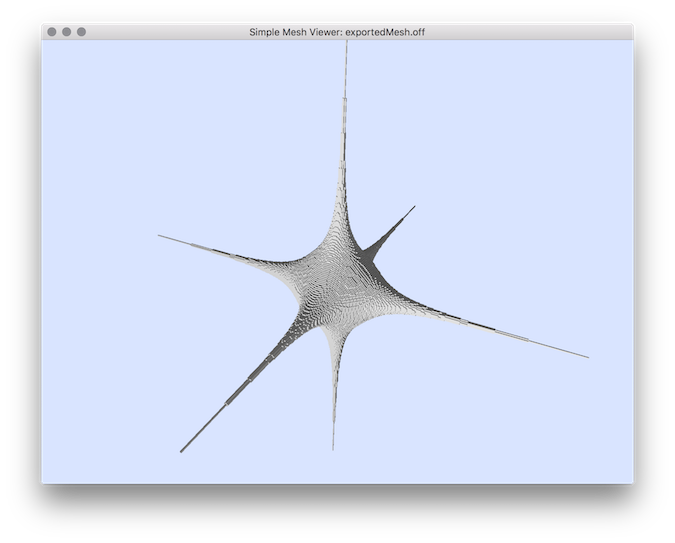

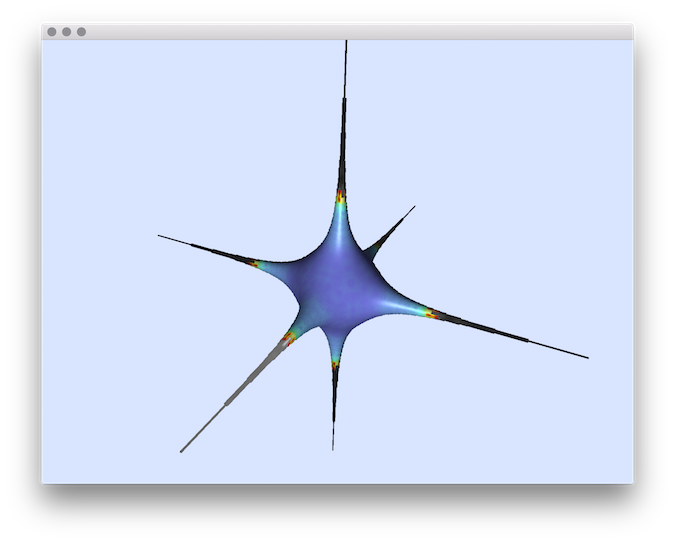
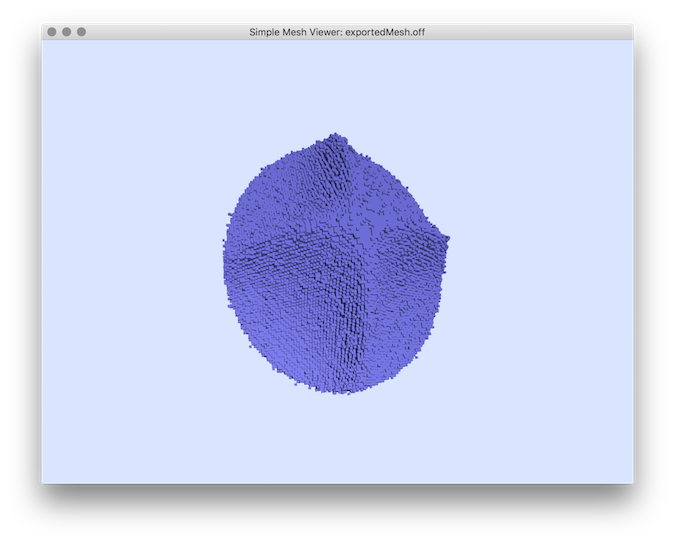
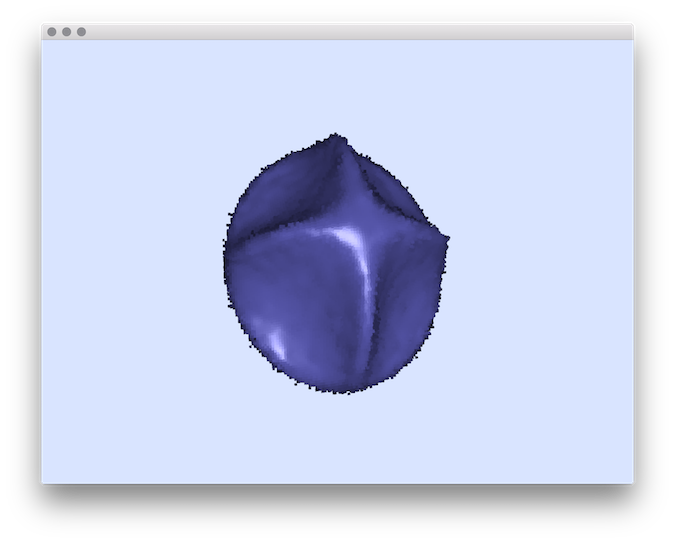
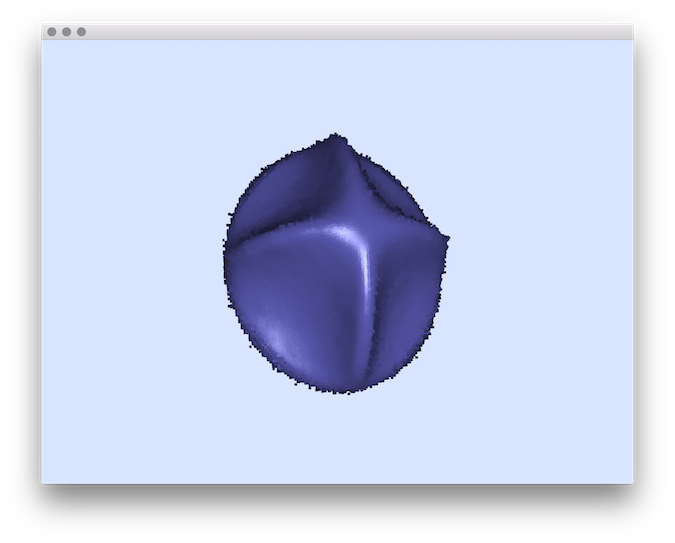
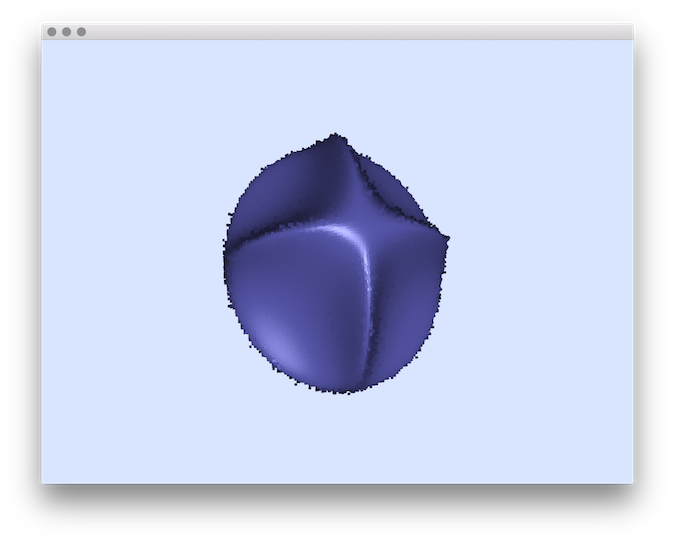
 1.8.10
1.8.10